The five best biometric security methods for your wearable devices include fingerprint recognition with miniaturized sensors that work even with wet fingers, voice authentication that delivers 99.8% accuracy through hands-free operation, heart rate pattern recognition using photoplethysmography sensors for continuous monitoring, facial recognition systems despite technical challenges from small screens, and multi-modal biometric integration that combines multiple traits to reduce error rates to just 0.1%. Explore how these advanced technologies can transform your device’s security and convenience.
Fingerprint Recognition Technology for Smart Wearables
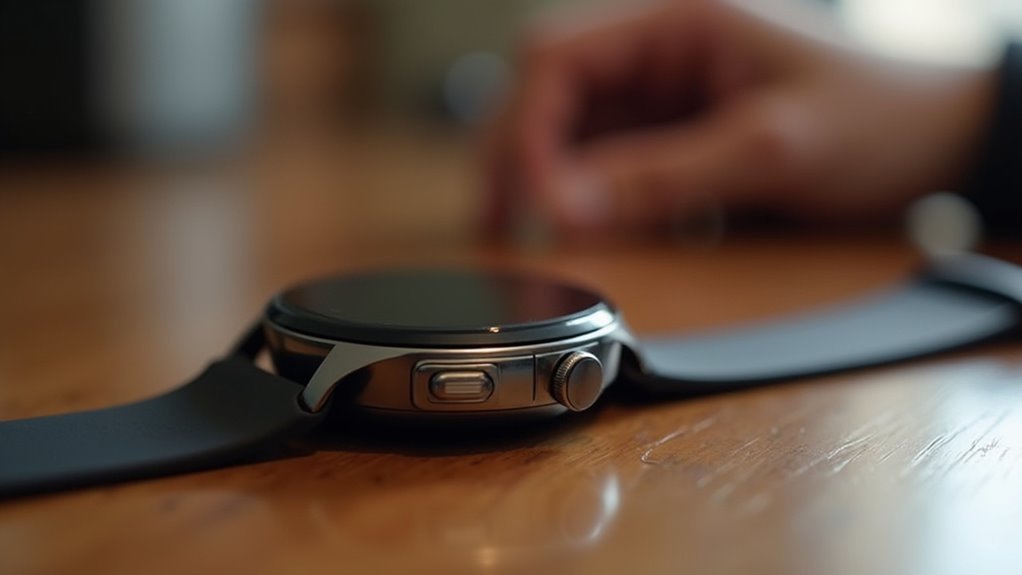
Millions of wearable devices now integrate fingerprint recognition technology, transforming how you authenticate and secure your personal data on smartwatches and fitness bands.
Embedded sensors collect your fingerprints through swipe, touch, or area-based methods, depending on your device’s size and design. You’ll typically find these miniaturized sensors placed on the device bezel or side for ergonomic access during manufacturing integration.
Your fingerprint serves as primary authentication, replacing passwords while securing sensitive data storage. You can access your device with a single touch in under one second, and it works effectively even with wet or slightly dirty fingers.
Your biometric data stays stored locally on the device with encrypted templates, ensuring privacy while enabling seamless multi-factor authentication when paired with other security features. These devices also enable real-time monitoring of vital signs like heart rate and sleep patterns for proactive health management.
Facial Recognition Systems in Smartwatches and Fitness Trackers
While fingerprint sensors have found their place on wearable devices, facial recognition systems face considerably greater implementation challenges in smartwatches and fitness trackers.
Wearable devices successfully integrate fingerprint authentication, but facial recognition technology remains impractical for smartwatches and fitness trackers.
You’ll encounter significant technical hurdles when implementing facial recognition on wearables. The smaller screen size and limited resolution make capturing clear facial images difficult, while insufficient processing power struggles with facial recognition’s computational demands.
You’ll also face serious privacy concerns since facial data collection requires strict security measures and user consent compliance. Facial scans collected by wearables often lack the regulatory protections that govern medical settings, leaving this sensitive biometric data vulnerable to sale or sharing with data brokers. Variable lighting conditions further compromise accuracy, and limited storage capacity restricts secure data storage capabilities.
Currently, you’re better served by alternative biometrics like heart rate monitoring, ECG, and SpO2 sensors that wearables handle more effectively.
However, future technological advancements may eventually enable compact, efficient facial recognition systems specifically designed for wearable integration.
Voice Authentication Methods for Wearable Devices
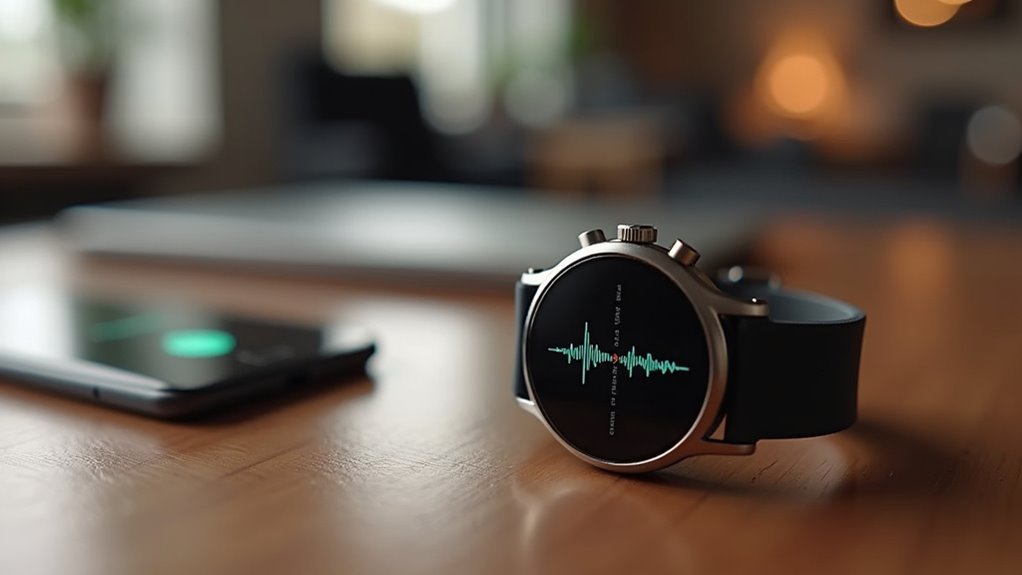
Although facial recognition struggles with wearable implementation, voice authentication offers a more practical biometric solution for smartwatches and fitness trackers.
You’ll find this method analyzes your unique vocal characteristics like pitch, tone, and speech patterns through the device’s microphone. The technology requires minimal effort while providing hands-free operation that’s perfect for active environments.
Modern voice authentication systems deliver impressive security metrics:
- 99.8% accuracy in user voice command authentication
- 97.2% detection rate for impersonation and replay attacks
- Cross-domain validation between audio and vibration signals prevents spoofing
- Training-free solutions protect your privacy by avoiding voice data storage
However, you should consider limitations like background noise interference and potential voice changes from illness affecting reliability. Voice authentication creates a unique vocal fingerprint from your speech patterns, making it significantly harder to replicate than traditional passwords or tokens.
Heart Rate Pattern Recognition as Biometric Security
Beyond traditional biometric markers, your heart’s unique rhythm patterns offer a revolutionary approach to wearable device security that’s both invisible and continuous. Your heart’s electrical activity creates distinct patterns rooted in your physiological characteristics, making them valuable identifiers for authentication purposes.
Your heart’s electrical patterns create a revolutionary biometric identifier that enables invisible, continuous authentication through your unique physiological characteristics.
Wearable devices with photoplethysmography sensors collect your heart rate data in real-time, while sophisticated algorithms analyze variability patterns.
You’ll experience seamless authentication without interrupting your daily activities, as the system continuously monitors and verifies your identity.
However, you should consider that physical activity, stress, and medical conditions can affect heart rate accuracy. Since cyberattacks can target physical office environments, securing wearable devices through biometric authentication becomes essential for preventing unauthorized access to corporate networks and sensitive data.
When integrated with other biometric modalities like face or voice recognition, heart rate patterns enhance overall security while improving your user experience by eliminating manual verification needs.
Multi-Modal Biometric Integration for Enhanced Wearable Protection
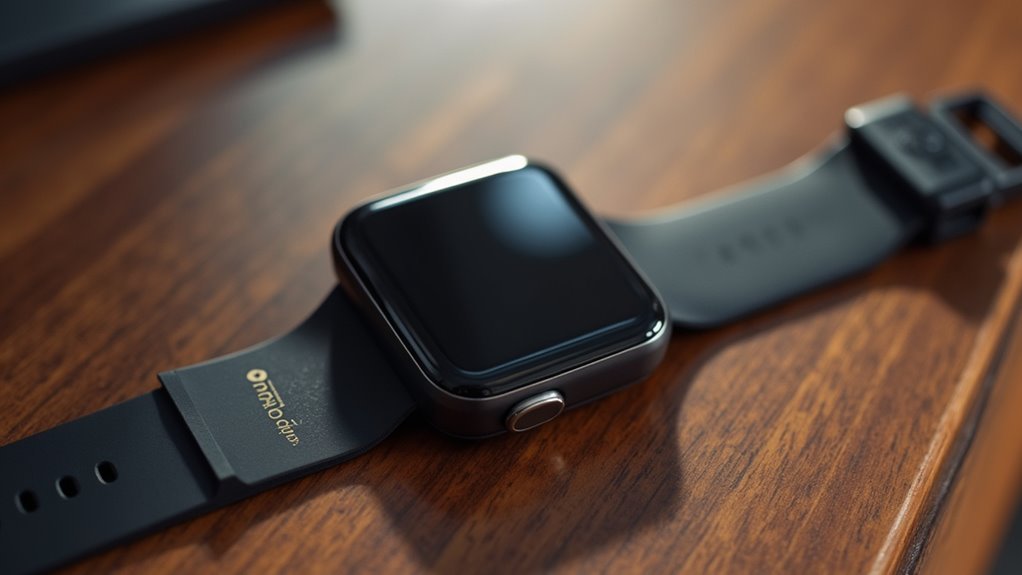
Combining multiple biometric traits in your wearable device creates a security fortress that’s far stronger than any single authentication method.
When you integrate sensors like skin photomatrix (MSP) and ECG into a single wrist band, you’ll achieve dramatically lower error rates—some studies show equal error rates dropping to just 0.1% with enhanced sensor contact.
Your multi-modal wearable offers superior protection through:
- Reduced vulnerability – Multiple traits prevent successful spoofing attacks
- Enhanced accuracy – Fusion of biometric data minimizes false acceptance rates
- Contact-based security – Physical sensor contact prevents remote data breaches
- Seamless integration – Single device combines various authentication methods effortlessly
You’ll experience 100% detection probability at 1% false acceptance rates while maintaining comfortable, user-friendly designs that maximize both security and convenience. Research analyzing over 400 Fitbit users demonstrates that hybrid biometrics consistently deliver superior authentication performance compared to single-trait approaches.
Frequently Asked Questions
How Long Does Biometric Data Remain Stored on Wearable Devices?
Your wearable’s biometric data storage duration varies considerably by device model and type. You’ll find fitness trackers retain data briefly, while some devices can store years of information before syncing or offloading occurs.
Can Biometric Security Work Effectively During Intense Physical Exercise?
You’ll experience mixed effectiveness with biometric security during intense exercise. While heart rate and motion tracking work well, sweat and movement can interfere with sensors, reducing accuracy of fingerprint and facial recognition systems.
What Happens to My Biometric Data if My Wearable Is Stolen?
If your wearable’s stolen, thieves can’t change your compromised biometric data like passwords. They’ll potentially access your accounts, financial information, and personal patterns, creating lasting security vulnerabilities requiring immediate protective actions.
Do Wearable Biometric Systems Drain Battery Life Significantly?
Yes, your wearable’s biometric sensors greatly drain battery life. GPS and ECG consume the most power, while constant data transmission and processing create additional overhead. You’ll need frequent charging with multiple active biometric features.
Are There Privacy Laws Regulating Biometric Data Collection in Wearables?
Yes, you’re subject to multiple privacy laws when collecting biometric data from wearables. BIPA, GDPR, CCPA, and HIPAA all require your explicit consent and mandate specific security measures for protecting this sensitive information.
In Summary
You’ve got powerful options to secure your wearable devices with these five biometric methods. Whether you’re using fingerprint scanning, facial recognition, voice authentication, heart rate patterns, or combining multiple technologies, you’re greatly boosting your device’s security. Don’t rely on traditional passwords alone—implement these biometric solutions to protect your personal data. Choose the method that best fits your lifestyle and device capabilities for maximum protection.

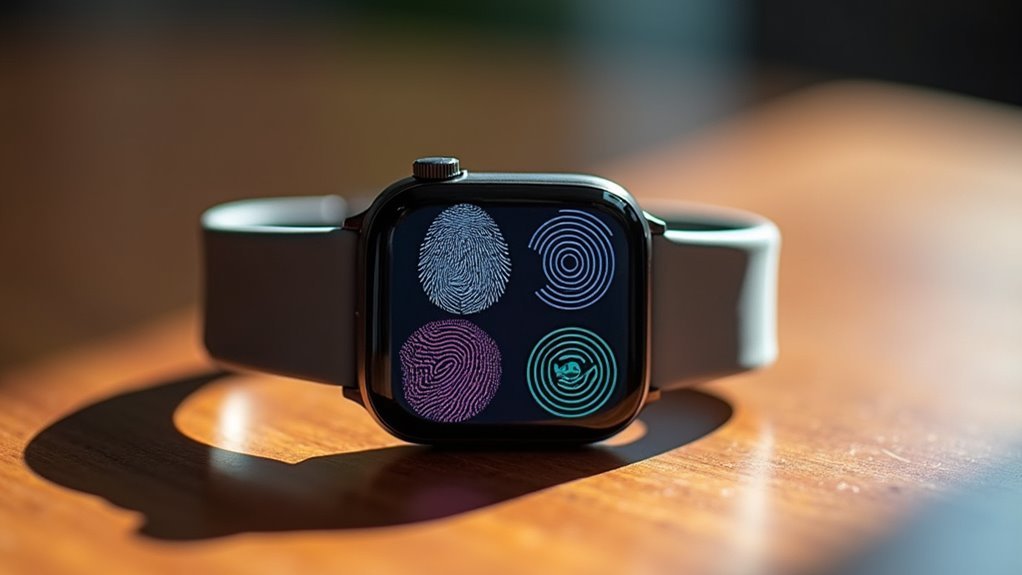
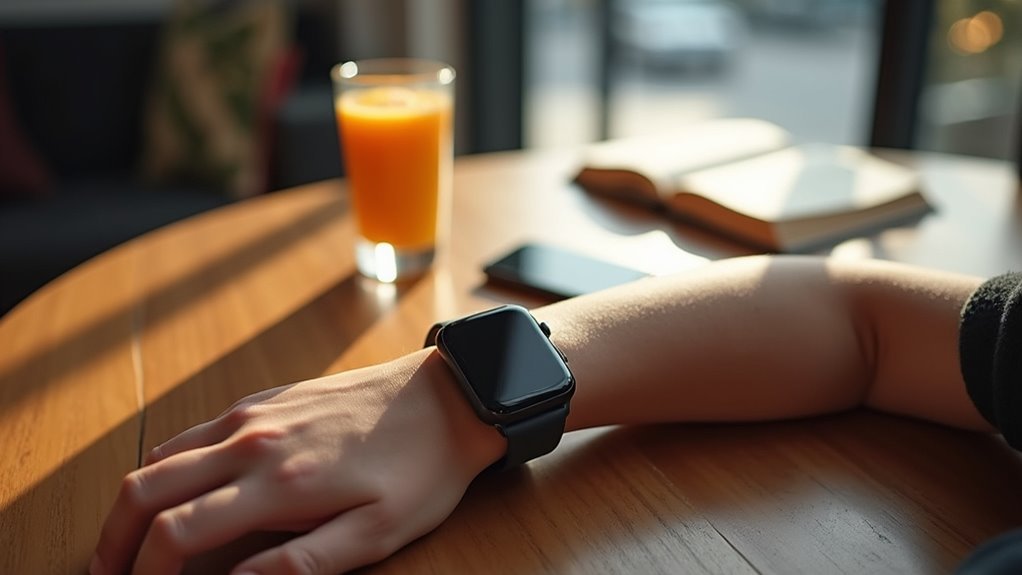
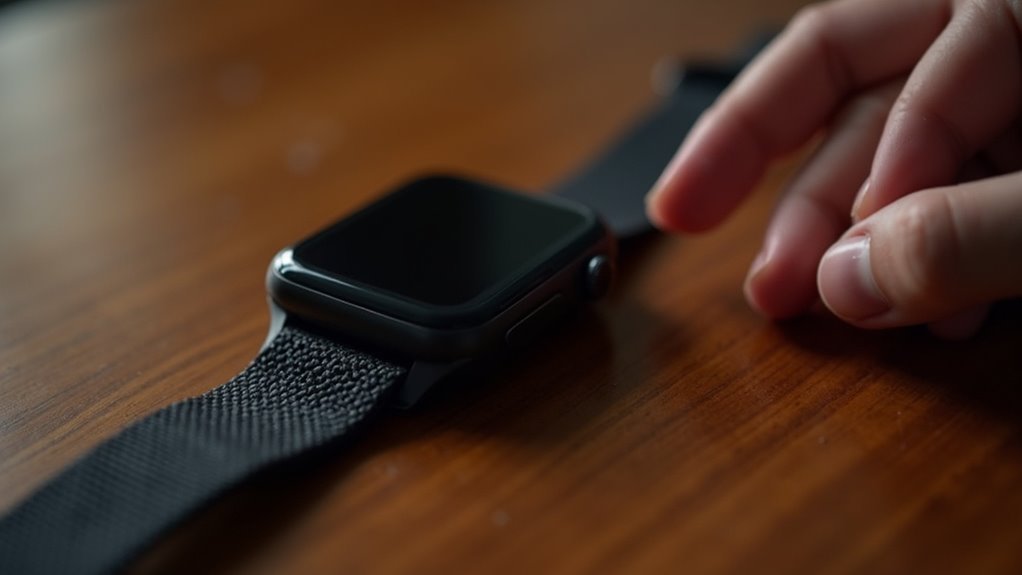

Leave a Reply